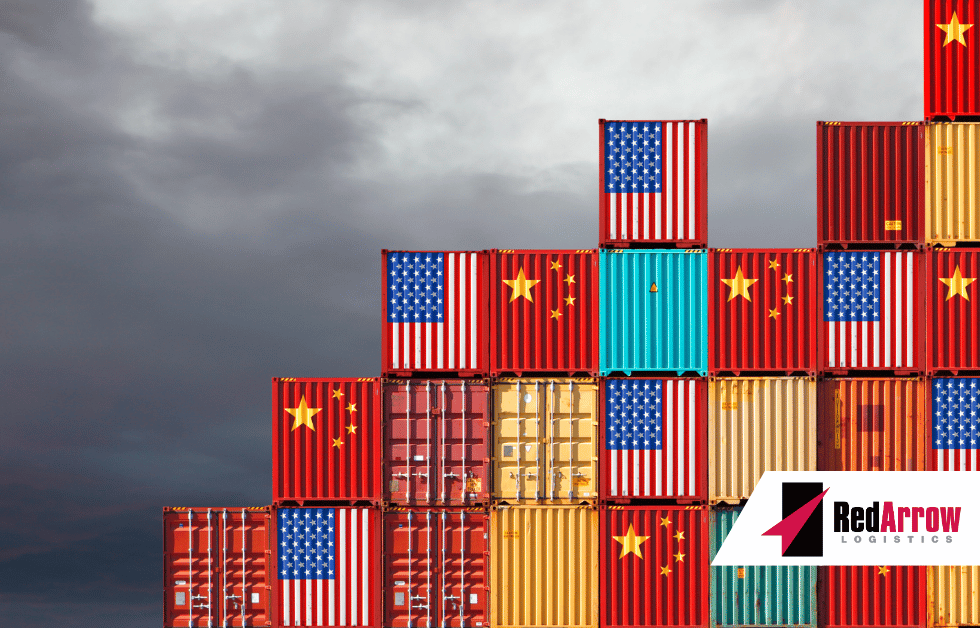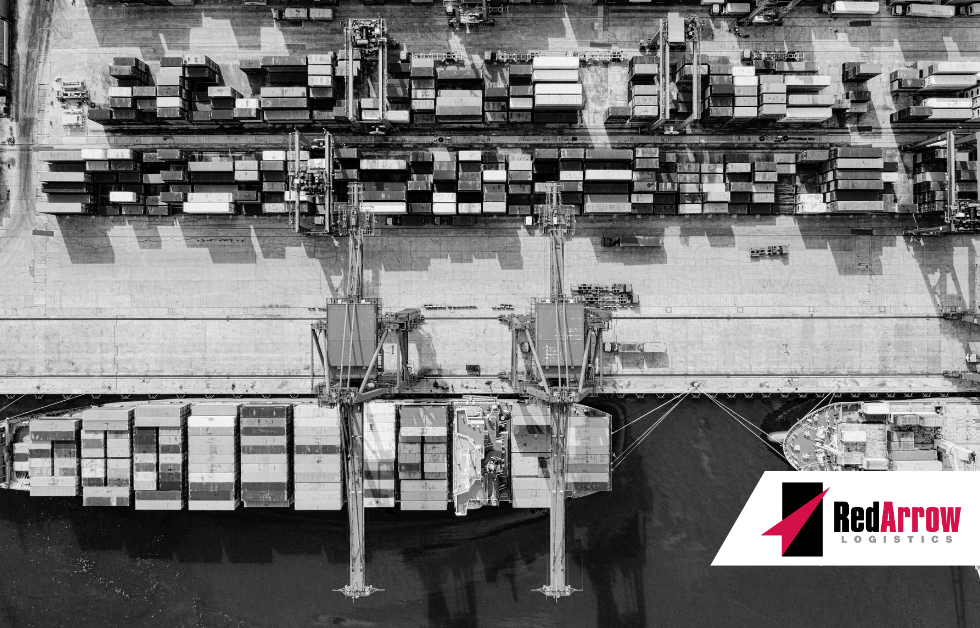The global logistics market in July 2025 reflects cautious optimism amid volatility. Ocean freight faces oversupply and tariff-driven disruptions, while airfreight benefits from e-commerce demand but navigates regulatory shifts. Ground transportation contends with capacity constraints, and e-commerce continues to drive freight volumes. U.S. tariff policies are reshaping trade flows, requiring strategic adjustments. Supply chain resilience […]
On July 7, 2025, a coalition of over 160 trade associations, including the National Customs Brokers & Forwarders Association of America (NCBFAA), sent a compelling letter to the Office of the U.S. Trade Representative (USTR). The letter urged the USTR to reconsider its proposed actions under the Section 301 investigation into China’s efforts to dominate […]
The recent tentative trade agreement between the U.S. and China, pausing the escalation of tariffs, offers a moment of cautious optimism for the logistics industry. While this development may ease some immediate pressures, companies must continue adapting their supply chain strategies to navigate ongoing uncertainties. Previously, supply chains were optimized for cost, but tariffs and […]
As trade policy shifts with the Trump administration, importers are bracing for the return of steep tariff hikes. For businesses that rely on global supply chains, these changing duty rates can create serious financial challenges. One effective way to manage this uncertainty is by strategically deferring duty payments. At Red Arrow Logistics, we help our […]
One of the biggest topics in the logistics world this month is how the latest round of tariff increases will impact the industry — and the global supply chain at large. With the U.S. imposing new tariffs on a wide range of Chinese imports, and China signaling potential retaliatory measures, the risk of a renewed […]
The United States is contemplating significant regulatory measures aimed at revitalizing its domestic shipbuilding industry and reducing reliance on Chinese-built containerships. While the intention is to bolster national economic security, these proposed regulations could profoundly impact the ocean freight industry, potentially leading to increased costs and operational challenges for various stakeholders. Proposed Regulatory Measures The […]
With the spring peak season right around the corner, are we heading into a bit of uncertainty in specific markets? While 2024 was a recovery year for the market, there are some factors that could affect stability this spring season. Factors like tariffs, oil prices, seasonal demand, and the strength of consumer markets could affect […]
The global trade landscape is constantly shifting, and for businesses engaged in importing goods to the United States, Section 301 tariffs remain a critical factor. These tariffs, imposed by the U.S. government in response to unfair trade practices, particularly targeting China, have had significant implications for supply chains, costs, and sourcing strategies. Understanding how to […]
In today’s fast-paced supply chain environment, businesses need efficient, cost-effective, and reliable transportation solutions. Managing freight in-house can be complex, time-consuming, and expensive. That’s where a freight broker comes in. By leveraging extensive carrier networks and industry expertise, a freight broker can streamline your logistics operations and help your business thrive. Here are some key […]
This past holiday retail season was one that exceeded expectations. Consumers had a willingness to spend, despite some economic uncertainty which had a direct impact on most sectors of the market as demand was high. Some sectors saw tighter capacity and increased pricing power during the peak season. Port Strike Update: Dockworkers on the East […]










